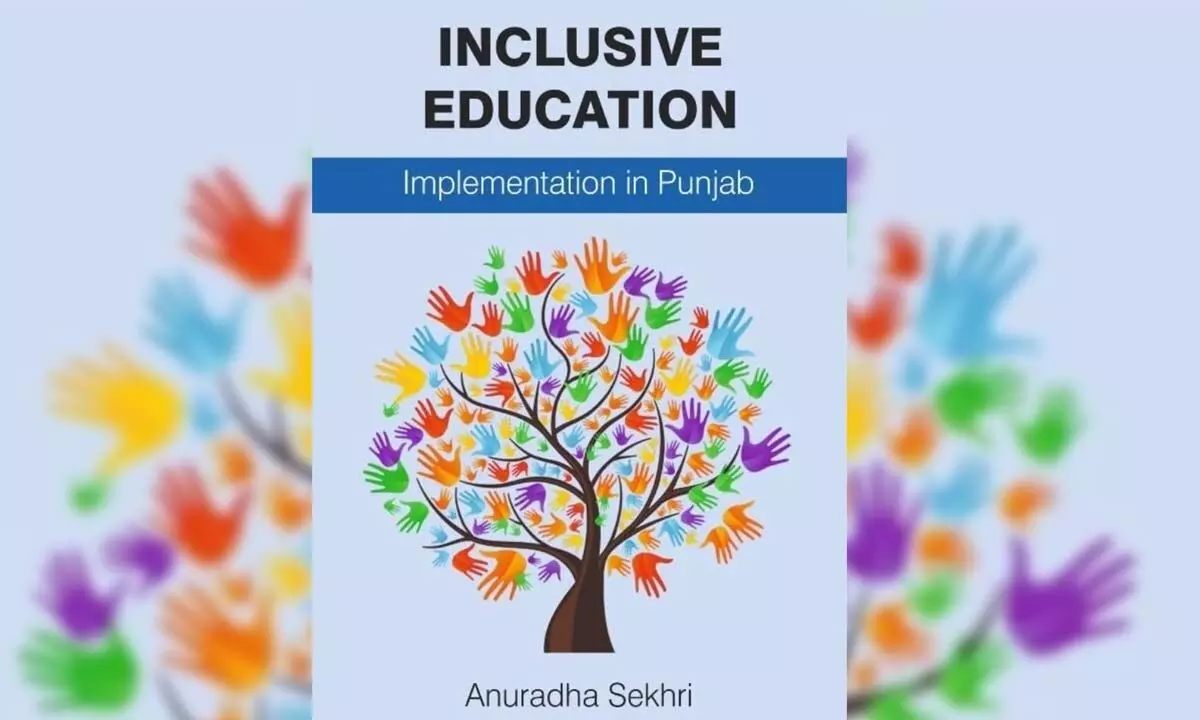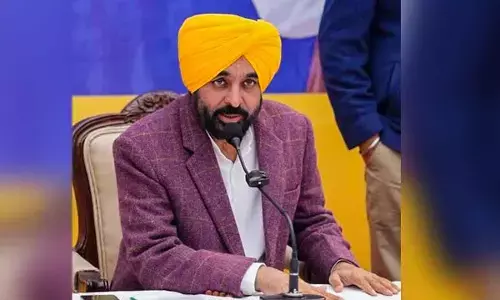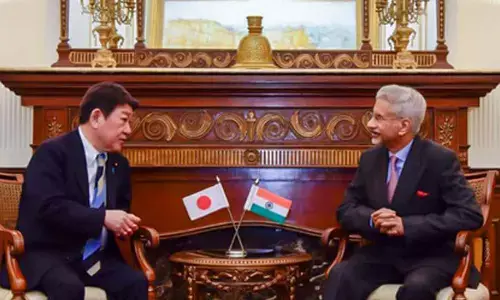Dynamics of inclusive education

Dynamics of inclusive education
Inclusion is the most effective way to provide equal access to educational opportunities for all children to acquire the knowledge and skills they need to succeed.
Inclusion is the most effective way to provide equal access to educational opportunities for all children to acquire the knowledge and skills they need to succeed. This means that a fair chance must be given for the excluded population to attend the same schools and classrooms. Creating an inclusive education system is the key to ensuring the quality of education for all students, an issue which has been successfully and succinctly highlighted in a latest book "Inclusive Education" penned down by an eminent academician, Dr Anuradha Sekhri. In this highly thought-provoking book which belongs to the catagory of non-fiction books, the author has laid emphasis on the idea of Inclusive education that helps educational institutes improve their quality of teaching by tailoring their lessons to a variety of students' learning needs while also catering to the learning styles of those who have a certain set of economic demands.
Undoubtedly the author is quite sensitive to our social demarcations. Having Marxististic leanings( Her being tilted towards Marxism is purely the subjective opinion of the reviewer), the author gives credence to the fact that marginalised children must be mingled with the mainstream of society by imparting them quality education. The book also hammers the fact that how the UNECSO's Salamanca Statement (UNESCO, 1994) invokes nations to support inclusion and equality in education for children with disabilities by complying with the guidelines outlined in the declaration.
It is indeed a matter of great concern and anxiety that policy inconsistencies, a lack of data, and a lack of quality assessments have plagued India's inclusive education for children with disabilities resulting in major gaps in implementation. Certainly the readers experience a sense of despondency when the read that although India has several laws recognising the right to free and compulsory education for people with disabilities, including the Right of Persons with Disabilities Act 2016 and the New Education Policy 2020, there is no uniform framework for inclusive education in India. Expounding more on the idea of "Inclusive education" the author remarks that Inclusive Education is described as a system of education where students with and without disabilities learn together, as well as a method of teaching and learning that meets the needs of different types of students, according to the RPWD Act of 2016.
But this deeply engaging book which is born out of an intensive research conducted by the author throws a flood of light on the disturbing truths which shock the readers about the policymakers who have been thus far unable to successfully improve the quality of education in India.
In this book the learned author does not merely focus her attention on presenting a set of obstacles that hinder the path of translating the idea of Inclusive education into reality, she has rather offered a couple of solutions too for actualising this dream. She pertinently articulates that in order to address this issue a multidisciplinary strategy is required.
In India as inclusive education is not a native concept. The concept was acquired in established international settings (mostly through international intergovernmental organisations such as UNESCO, World Bank, and others) and gained currency in India after the 1990s.
This is indeed an extremely scholastic book which has been crafted in a jargon free language for which the author must be admired with utmost profuseness. Therefore , the book emerges as a must read for the community of academicians, professors.classroom teachers, resource teachers, special educators, parents of children with special needs, and professionals working in universities, colleges, schools, and other organisations like SCERT, NCERT, NIEPA, and RCI.














